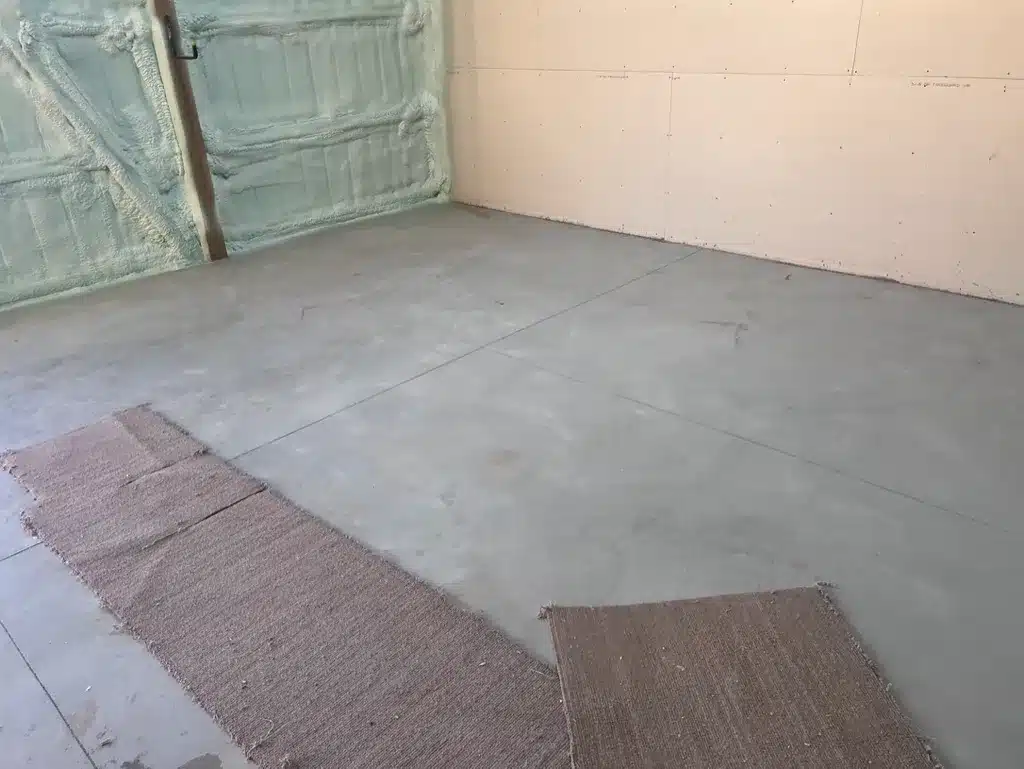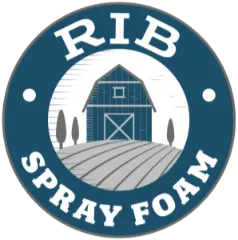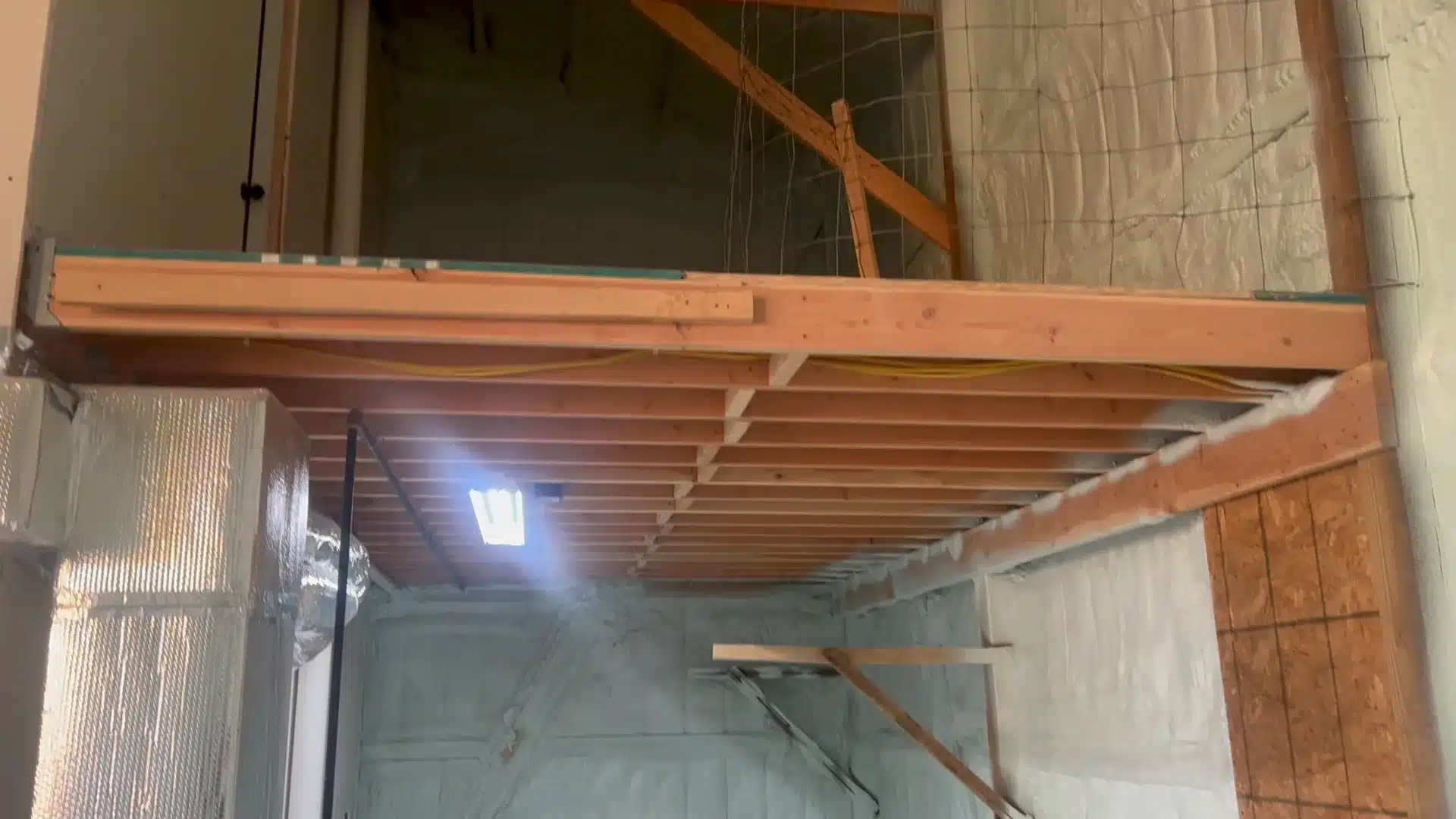Residential insulation performance depends heavily on the local climate zone. The right insulation type varies by region due to differences in temperature extremes, humidity levels, and seasonal variability. Choosing the wrong insulation for a zone can lead to energy loss, condensation issues, or premature material degradation.
Cold climates demand high R-value insulation with air sealing to minimize heat loss. Hot, humid zones need insulation that resists moisture accumulation and allows for controlled ventilation. Mixed climates benefit from materials that adapt to fluctuating temperatures. The information below outlines how local climate zones directly influence insulation choices based on observed outcomes from real-world installations.
Climate-based Comparison of Insulation Options
| Climate Zone | Recommended Insulation Type | Primary Concerns | Key Benefits |
|---|---|---|---|
| Cold (Zones 5-8) | Closed Cell Spray Foam | Heat retention, moisture | High R-value, vapor resistance |
| Hot-Dry (Zone 2) | Open or Closed Cell Spray Foam | Heat blocking, minimal vapor | Effective air seal, thermal barrier |
| Hot-Humid (Zone 1) | Closed Cell Spray Foam | Moisture control | Low permeability, mold resistance |
| Marine (Zone 4C) | Closed Cell Spray Foam | Temperature swings, humidity | Energy efficiency, air tightness |
| Mixed (Zones 3-4) | Closed Cell Spray Foam | Seasonal variation | Versatility, consistent performance |
Technical Specifications by Climate Zone
| Specification | Cold Zones | Hot-Humid Zones | Mixed Zones |
|---|---|---|---|
| Recommended R-Value (walls) | R-20 to R-30 | R-13 to R-21 | R-15 to R-25 |
| Air Sealing Priority | Very High | High | High |
| Vapor Retarder Needed | Yes | Yes | Depends on season |
| Moisture Resistance | High | Very High | Moderate-High |
| Installation Challenges | Expansion gaps | Condensation | Transition zones |

Practical Climate-Specific Installation Observations
Cold Climate Zones (Colorado, Montana, Northern Plains)
Closed cell spray foam consistently prevents heat loss and stops ice damming near eaves. In crawl spaces, it blocks cold air infiltration that leads to frozen pipes. Fieldwork confirms fewer callbacks when the insulation layer includes an integrated vapor barrier.
Bonus Tip: In very cold zones, install foam directly against sheathing before interior walls to create a sealed thermal envelope.
Hot-Humid Zones (Southern Louisiana, Florida Gulf)
High moisture levels promote condensation and mold. Closed cell foam keeps vapor from seeping through walls and maintains indoor humidity control. Ventilation paths must be clearly planned to avoid trapped moisture.
Bonus Tip: Avoid placing foam over damp surfaces. Substrate should test below 15% moisture content before installation.
Mixed Zones (Tennessee, North Carolina Foothills)
Seasonal shifts require insulation that performs in both heating and cooling periods. Closed cell foam handles this balance by reducing both heat flow and air leakage, especially in attic assemblies and crawl spaces.
Bonus Tip: Combine foam with mechanical ventilation systems to reduce humidity during shoulder seasons.
Market Data and Source Insights
- A 2024 DOE study found that homes in Cold Zone 6 using closed cell foam cut heating loads by 24.8% compared to fiberglass batt installations (source).
- According to IBHS (Insurance Institute for Business & Home Safety), closed cell foam in Hot-Humid regions decreased mold-related claims by 30% between 2019–2023 (source).
- NAIMA reports that closed cell foam performs above grade in Mixed Zones, reducing HVAC runtime by 15-22% annually (source).
Things to Consider Before Making a Decision
- Climate Zone Classification: Reference the IECC climate map to confirm your regional zone before selecting insulation type.
- Existing Construction: Retrofits often require different insulation strategies than new construction.
- Moisture Management: Understand the building’s vapor drive and prevailing humidity conditions.
- R-value Requirements: Verify minimum code requirements and consider exceeding them for long-term efficiency.
- Installer Skill Level: Improper foam application leads to gaps, shrinkage, or delamination over time.
Core Services for Regional Insulation Solutions
- Closed Cell Spray Foam: Seals air leaks and insulates with a high R-value. Performs well across all climate zones.
- Residential Spray Foam: Used in walls, attics, and crawl spaces to improve overall home efficiency.
- Crawl Space Spray Foam: Blocks ground moisture and outside air. Ideal for cold and humid regions.
- New Construction Spray Foam: Installed during framing to build a sealed thermal envelope from the start.
Common Questions Before Choosing Insulation
What’s the best insulation for Colorado winters?
Closed cell spray foam offers the highest thermal resistance and air sealing needed for sub-zero temperatures.
Can foam insulation help with humidity control?
Yes. Closed cell foam resists vapor transmission and limits moisture buildup, especially in hot-humid zones.
Does insulation type affect HVAC size?
Yes. Better insulation lowers heating/cooling load, which can allow for downsized HVAC equipment.
What if I already have batt insulation?
In many cases, foam can be applied over or in combination with existing insulation depending on cavity depth and moisture levels.
Get Expert Insulation Guidance
To select insulation that fits your regional climate and home structure, consult directly with professionals who understand material behavior under real-world conditions.
Rib Spray Foam Company
Email: [email protected]
Phone: (970) 518-2883
Frequently Asked Questions
How long does closed cell spray foam last?
When installed correctly, closed cell foam can last 30 years or more without significant performance loss.
Is foam insulation safe for indoor air quality?
Once cured, closed cell spray foam is inert and does not emit harmful gases under normal conditions.
What’s the drying time after application?
Foam cures within 24 hours. Occupants can usually return after full curing is confirmed.
Does closed cell foam add structural strength?
Yes. It can increase racking strength of framed walls and roof decks by up to 250%.
Can foam be removed if needed?
It’s labor-intensive to remove and not designed for reversibility. Removal may damage adjacent materials.



